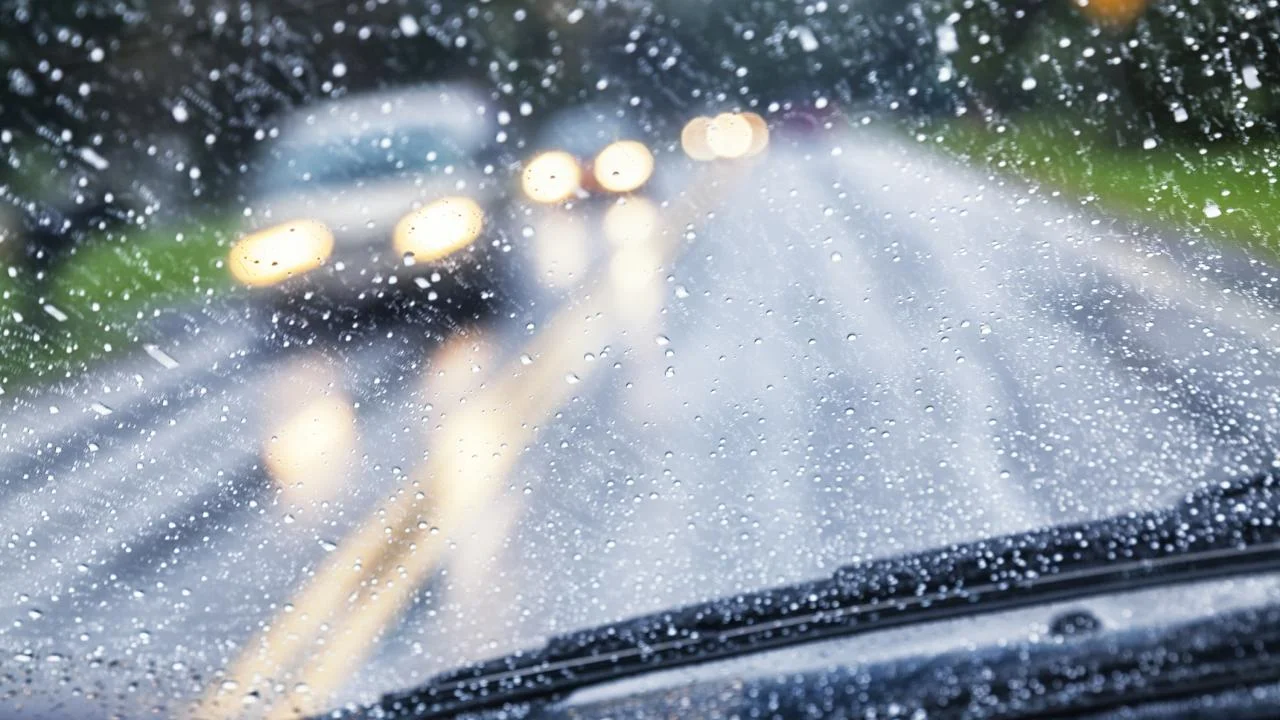It’s going to be a rainy week for most of Alabama. Great! Wet weather can dampen the mood of any trip. But with a sprinkle of knowledge and splash of caution, you can still make it to work, school, the airport or the doctor’s office! How do you drive safely on wet roads to reach your destination?
Here are five tips from Drive Safe Alabama to help you safely navigate wet roads:
Make sure your car is in good working order. Before you hit the road, check out your windshield wipers, headlights, taillights, turn signals, tire pressure, and tire treads (balding tires can adversely affect traction). Turn on your headlights! It’s the law and it helps other drivers spot you through their rain-soaked windshield.
Plan your route. Check local road and traffic conditions on ALGOTraffic.com or on the ALGOTraffic app. If the road looks flooded or there are barriers blocking the road, turn around, don’t drown. People often underestimate the power of rushing water. It only takes 12 inches of rushing water to carry away most cars, and just two feet of rushing water can carry away most trucks and SUVs.
Slow down. The first thing standing between you and safety during a rainy commute is your speed. So ease off the gas pedal when you start to see those raindrops. Decrease your speed to where you have more control of your vehicle. Speed in wet conditions affects stopping and braking distance too. Under dry conditions when traveling at 70 mph, you can expect an average overall stopping distance between 315 – 320 feet. To put those numbers into perspective: that’s more than the lengths of two football fields. So, imagine how much that can change if there’s a puddle in your path.
Give extra room to other vehicles. Wet roads can affect your braking distance. So back up a bit and adjust your following distance to match weather and road conditions. In heavy rain, this may mean doubling your typical distance. Always move over and make room for emergency vehicles.
Turn off cruise control. As you would imagine, your reaction time in wet conditions is even more important than it is normally. Driving while using cruise control takes away your ability to react as quickly as possible. Cruise control also increases the possibility of hydroplaning and ultimately losing control of your vehicle on a wet road.
What if it is raining so hard that you can’t see the road or other vehicles around you? Find a safe place to pull over and wait for the weather to improve.
Wet weather conditions contribute to more than 860,000 car crashes in the U.S. each year.* Do your part to make sure you aren’t part of that statistic this year.




